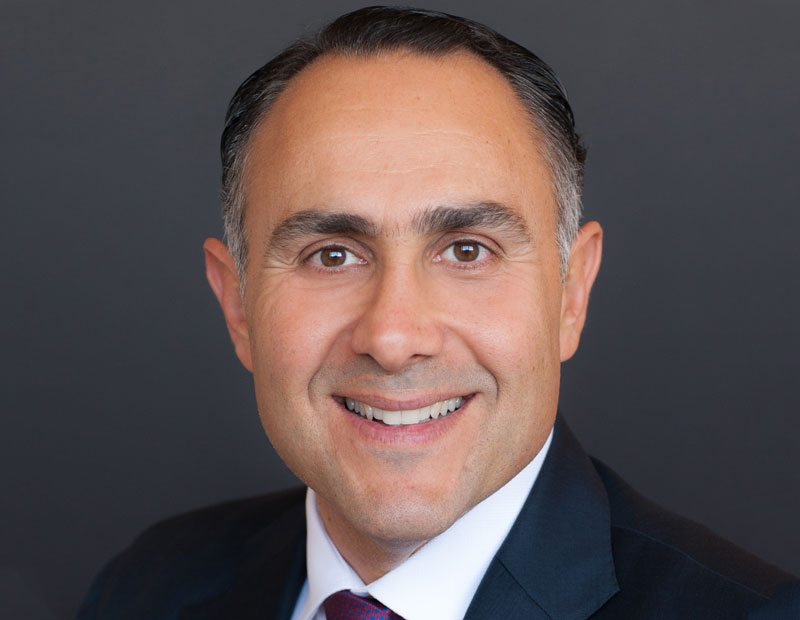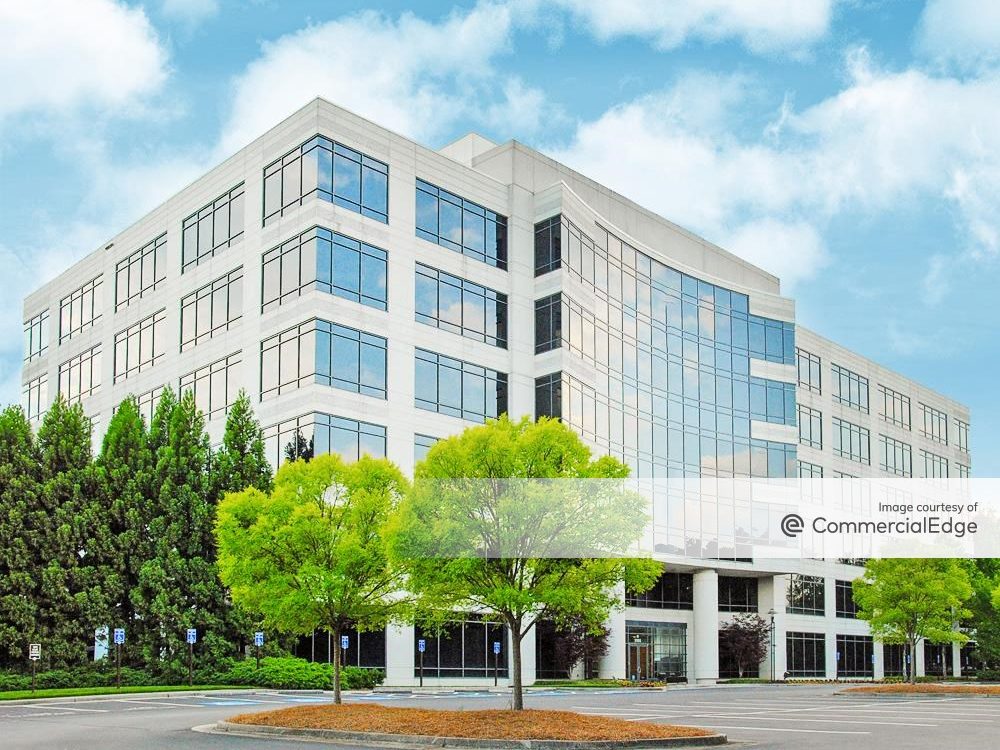Despite Lower Rates, Uncertainty Creeps Into CRE
Certain foreboding indicators have heightened concerns about deflation, according to Parkview Financial's Paul Rahimian.

Paul Rahimian. Photo courtesy of Parkview Financial
Last month, the Fed lowered interest rates for the first time since 2008 with the strategy of keeping the economy in a healthy state and avoiding a recession. The last rate decrease was way back in December 2018. Although earlier this year it was anticipated that there would be another increase or two, so far, the opposite has rung true and I don’t think we will see a rise in interest rates like many people thought would happen. In fact, there are arguments to be made that we could be in the middle of an attractive low interest rate environment for one or two more decades.
Although lower interest rates are welcomed by consumers, developers and investors who are looking for lower APRs, not everyone is feeling comfortable with the Fed’s decision and the overall economic environment right now. Some are concerned that deflation will take place in the coming years and we are seeing indicators of a lack of confidence in other economic trends.
Below are a few other indicators that we may be entering into a period of more economic uncertainty:
Increased demand for Treasuries. Earlier this month, the yield on the 10-year Treasury note fell below 1.6 percent, which is the lowest it has been since the third quarter of 2016. When treasury bonds provide lower returns it means there is more demand for them. People are choosing to turn to lower yields as opposed to investing in stocks.
Inverted yield curve. We are also seeing an inverted U.S. Treasury where the yield on the 10-year is lower than the two-year rates. Historically speaking, when there are inverted rates, it is a sign of the instability in the marketplace.
Weakening foreign economies. Globally, interest rates are negative for the European Central Bank, Japan, Germany and France. Worldwide, negative yield bonds are currently coming in at around $17 trillion—a huge number that could feasibly grow larger over the next few months and years. This is not a good sign because it shows that people are losing money and, in order to preserve some of what they have, they are giving it to their government, which is charging them a fee to hold it.
The U.S. trade war with China, foreign policy issues, and recent events with North Korea, among other issues, are contributing to what has been happening in the U.S. and global markets.
With the volatility in the market, no one can say for sure what will happen to the U.S. economy and what affect it will have on the commercial real estate market. We are, however, still in a good place for continued investment and development in all sectors as populations grow in key job markets across the nation.
Paul Rahimian is CEO of Parkview Financial.







You must be logged in to post a comment.